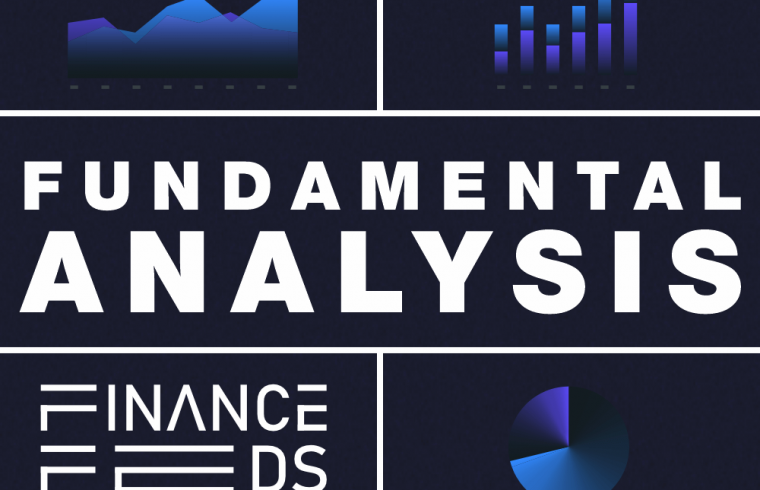Central banks face opposite challenges: ECB likely cuts rates to fight slowdown despite high inflation, while Fed waits on data for rate decision. US Dollar wobbles on mixed signals, Eurozone inflation complicates ECB plans.
Central Banks Divided:
Central banks on opposite sides of the Atlantic are facing very different situations. The European Central Bank (ECB) is likely to cut interest rates this week due to concerns about slowing economic growth in the Eurozone. Inflation, however, remains stubbornly high, creating a dilemma for policymakers. The recent weakness in manufacturing and exports is adding pressure on the ECB to act. President Draghi’s comments have signaled a dovish bias, suggesting multiple rate cuts could be on the table.
Meanwhile, the US Federal Reserve (Fed) is taking a more cautious approach. Recent disappointing economic data, like lower-than-expected job growth figures, has raised concerns about a slowdown. This has shifted market expectations towards a potential rate cut by the Fed in September. However, the Fed is likely to wait and see how upcoming data unfolds. Strong data could lead them to hold rates steady, while further weakness could trigger a cut. Additionally, some market participants still believe the Fed may hold off due to a perceived normalization in the labor market, potentially easing upward pressure on inflation. This uncertainty is causing volatility in financial markets.
US Dollar: Uncertain Path Forward
The US Dollar’s recent performance has been a rollercoaster ride. Initially, the currency weakened on the back of weak economic indicators in the US. However, a surprise surge in the US ISM Services PMI data, which measures activity in the service sector, boosted the Dollar. This suggests that a key part of the US economy remains healthy, potentially offsetting weakness in manufacturing. Looking ahead, the future direction of the US Dollar remains unclear. Potential rate cuts from the Fed could weaken the Dollar, but continued strength in the service sector could provide support. This mixed picture is likely to lead to continued volatility in the foreign exchange market.
Eurozone Inflation Throws a Curveball
The ECB’s plans for easier monetary policy have been complicated by unexpectedly high inflation in the Eurozone. This inflation spike is above the ECB’s target, making it difficult for them to cut rates aggressively as they originally intended. The higher inflation puts the ECB in a balancing act – they want to support slowing growth but also control inflation. This could lead them to take a more cautious approach to rate cuts compared to earlier expectations. The need to address inflation might even result in a slight hawkish tilt in ECB policy, meaning they may be less dovish than previously anticipated.
Top 5 Economic Releases for This Week (June 5th to June 8th):
- European Central Bank (ECB) Policy Meeting (June 6th): This is a high-impact event for the Eurozone (EUR). The ECB is expected to cut interest rates to stimulate slowing economic growth. However, recent high inflation data may make them more cautious. Their decision will impact the Euro and potentially stock markets across the globe.
- US Nonfarm Payrolls (June 7th): This is a high-impact event for the US Dollar (USD). This report shows the change in the number of employed people in the US excluding the farm sector. A strong jobs number could indicate the Fed may hold off on rate cuts, while a weak number could increase expectations of a cut in September.
- Australian Gross Domestic Product (GDP) (June 5th): This is a high-impact event for the Australian Dollar (AUD). GDP measures the total value of goods and services produced in Australia. Strong GDP growth would be positive for the AUD, while weak growth could put downward pressure on the currency.
- Bank of Canada (BoC) Interest Rate Decision (June 5th): This is a high-impact event for the Canadian Dollar (CAD). The BoC will announce its decision on interest rates and release a monetary policy statement. Their decision will impact the CAD and potentially influence the USD as well.
- ISM Services PMI (US) (June 5th): This is a medium-impact event for the USD. The ISM Services PMI measures activity in the US service sector. A strong reading would suggest continued growth in the service sector, a key part of the US economy. A weak reading could raise concerns about a slowdown.
The subject matter and the content of this article are solely the views of the author. FinanceFeeds does not bear any legal responsibility for the content of this article and they do not reflect the viewpoint of FinanceFeeds or its editorial staff.
The information does not constitute advice or a recommendation on any course of action and does not take into account your personal circumstances, financial situation, or individual needs. We strongly recommend you seek independent professional advice or conduct your own independent research before acting upon any information contained in this article.












